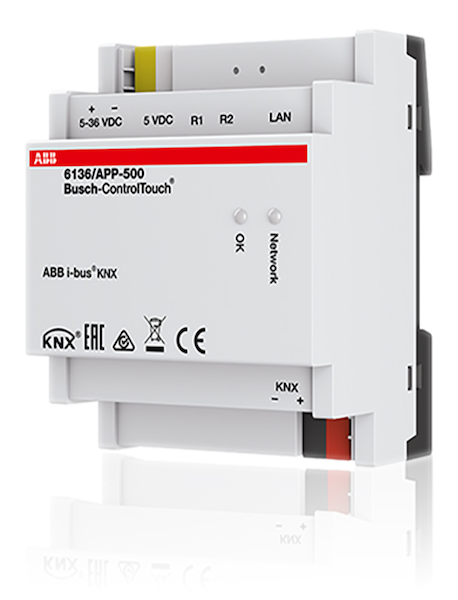
Simon Buddle takes a look at how KNX helps create more sustainable homes, and how its inherent flexibility, adaptability, and future-proofing can avoid products being consigned to the technology scrap heap.
Whether we like it or not the world has, in our lifetime, entered a critical phase and we must take action to prevent the landslide towards climate chaos. My daughters are acutely aware of the problems that they are set to inherit. Governments and big businesses need to be at the forefront of the push for a greener more sustainable lifestyle by slowing the need for fossil fuels and reducing emissions globally. And of course as building automation installers, we have a part to play too.

Sustainable Practice
Sustainable practices support ecological, human, and economic health and vitality. Sustainability presumes that resources are finite and should be used conservatively and wisely with a long-term view of priorities, and consequences of the ways in which they are used.
Sustainable homes incorporate energy efficient technologies and building materials, and maximise natural site features, such as lighting and ventilation, to minimise waste and its impact on the surrounding environment.
Finite Resources
The throw away culture that was somewhat pervasive and entrenched in our day-to-day lifestyles, has fortunately been replaced with a greater awareness of resources. I don’t need to use my hardhat much these days, but was comforted to realise that I’d had it for exactly 30 years to the month this November. I arrived in a dry dock in Hamburg to begin work on the QE2 ship installing speakers and amplifiers. It was at this point that I first became acquainted with PPE (Personal Protective Equipment). The shipyard kindly furnished me with the necessary PPE and off I went to get on with my work. Before anyone working in health and safety warns me, I rarely work in areas that need a hardhat so let’s not worry about the quality of a 30-year-old model! It’s more for show than safety, but it is a simple demonstration of sustainable practice.

Likewise, we know that new and existing KNX systems are hugely sustainable in terms of natural resources first and foremost. A KNX system does not become obsolete over time. It can easily be adapted to the changing requirements of the home and the homeowner. And there is never a point at which we must have a difficult conversation about an entire system or technology needing to be ripped out in order to start again. It is by its very nature fantastic at minimising waste.
Sustainable Homes
Reducing our carbon footprint is no mean feat, and certainly some of the most important aspects such as insulation and renewable energy are, typically, outside our remit as KNX installers. However, controlling the heating, cooling, using energy efficiently, and operating a house with a comprehensive approach to technology has long been part of the services we offer.
It’s worth saying that for years the KNX solution has been able to offer energy efficient solutions long before they became part of the UK’s Building Regulations Part L1A, which we now build to. From interlocking heating and cooling systems to minimising wasted energy, to controlling lighting by the use of PIRs inside a building, or indeed outside, these are all requirements of building regulations, and we’ve been doing this for years.
Building on existing systems, we now see KNX becoming the de facto platform for energy management in the home. A field that will increase enormously over the next few years. Products such as the ise Smart Connect KNX e-charge II offer a huge suite of features to help the homeowner effectively manage their energy around the home. Dynamic load management, the capacity to mix and match manufacturers’ charging devices, and the ability to control charging from renewables, make this a powerful product. And we see this type of product coming to market more widely.

New firmware updates for the ABB Control Touch also provide the possibility to interface with the OCPP (Open Charge Point Protocol) enabling KNX to manage and integrate charging stations onto the bus.

So, when we look at the seven best features of the eco-friendly home as defined the National Self Build & Renovation Centre (NSBRC) in the UK, we see that KNX ticks many of boxes.
The NSBRC’s seven best features of an eco-friendly home are:
- Insulation
- Water conservation
- Renewable energy
- Smart technology
- Energy Star appliances
- Reclaimed wood
Conclusion
Sustainability is not just about technology, it’s about lifestyle choices. The story that we can tell with and for KNX clearly demonstrates its technical competences in this field. But possibly more importantly, we are able to point to how flexible the system is, how adaptable, the ease with which new technology can be incorporated onto the platform, and crucially never putting any of our products on the technology scrap heap.
Simon Buddle CEng MIET, is a consultant for Future Ready Homes, a specialist in BMS and ELV services system design.












